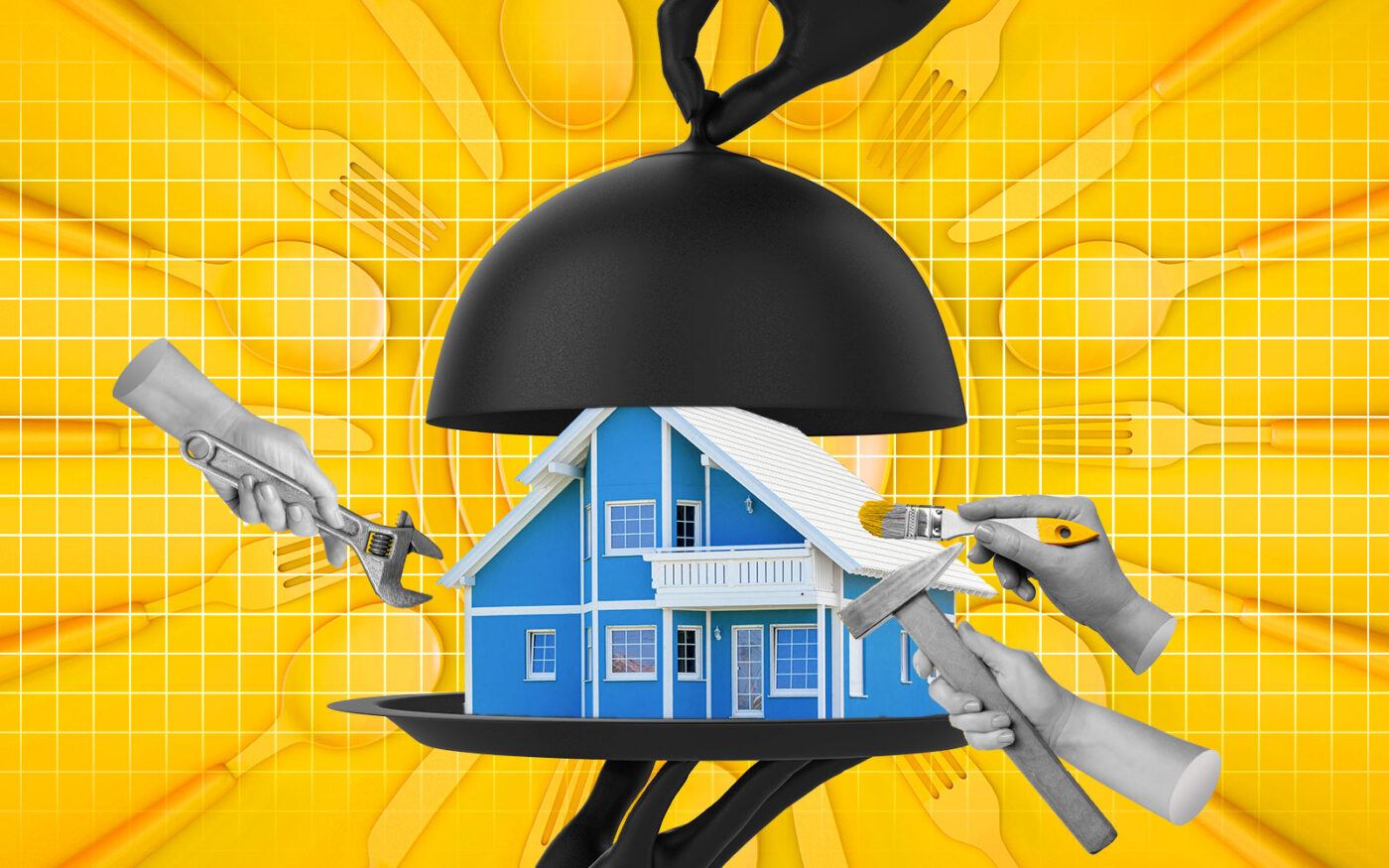A perennial real estate story is how buildings adapt with the changing tastes and needs of the people that use them.
Office-to-resi conversions have been a buzzy topic of late, but there’s another conversion concept on the rise: house-to-restaurant conversions. It’s a trend growing in popularity around the U.S., according to the New York Times. The adaptation of single-family homes creates small hubs of micro-restaurants for the surrounding neighborhoods.
Examples of the phenomenon include Alpine Courtyard, a collection of homes-turned-restaurants in Los Angeles’ Victor Heights neighborhood.
“You see a lot of old houses being used in smaller divisions for very low rent, and retail can do the same thing,” one of Alpine Courtyard’s developers, Jingbo Lou, told the outlet. “We’re providing smaller, affordable commercial spaces, and for start-ups with mom-and-pop types of services, having 160 square feet is plenty of space.”
Another conversion project in Nashville, Tennessee, led by Essex Development and GBX Group is the Rutledge Hill Historic and Culinary Arts District. Designed by Norwegian firm Snohetta, the project involves constructing three mixed-use towers and preserving existing Victorian homes for restaurants like Husk, which is part of Neighborhood Dining Group, a prominent Charleston-based restaurant group led by David Howard.
Austin, Texas, Portland, Oregon, and Fort Collins, Colorado are other cities with clusters of home-to-restaurant conversions that have reshaped commercial corridors, the outlet reported.
The reuse of homes is likely not significant enough to impact the overall housing shortage, according to University of California, Los Angeles Professor Stuart A. Gabriel.
“On the other hand, there are a whole set of positives in terms of amenities and services, and then improvements, property values and equity gains for the people who actually own housing there,” he told the outlet.
–– Kate Hinsche
